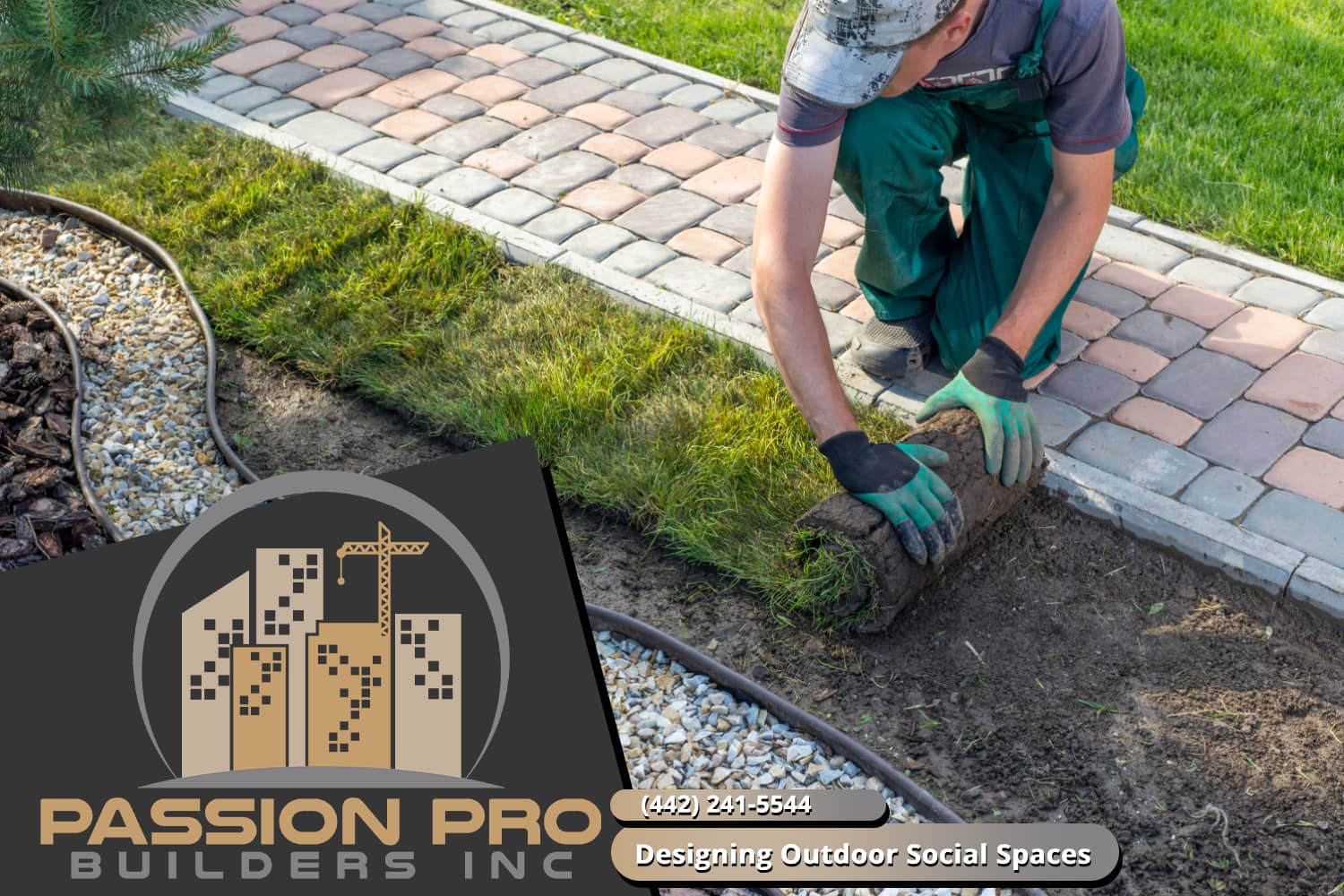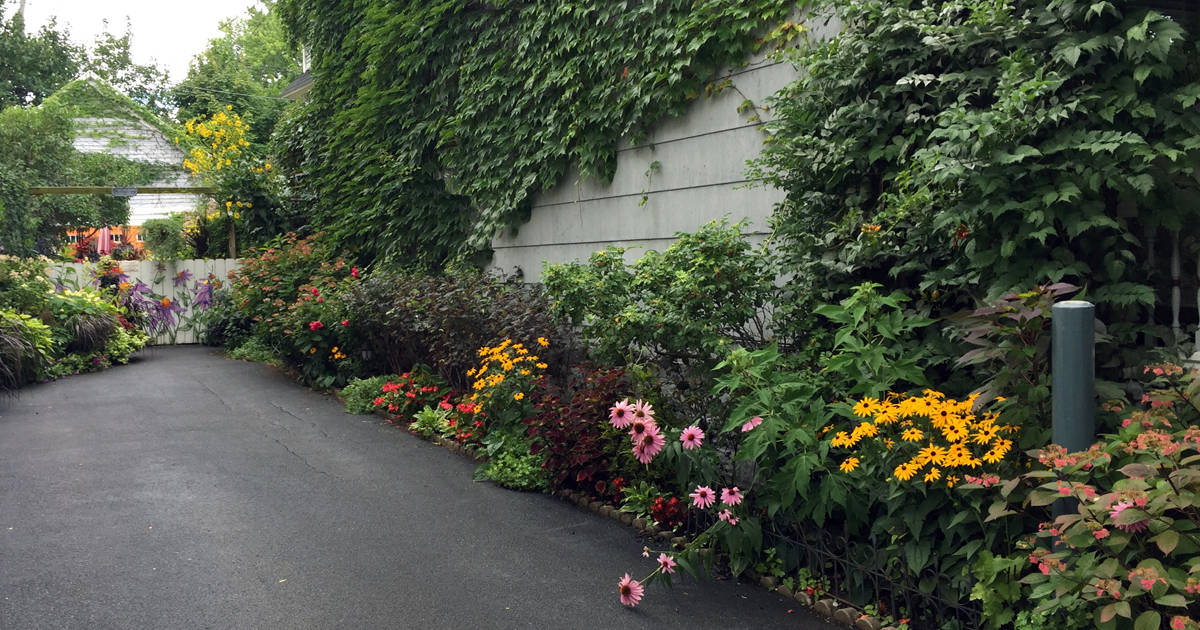The 10-Minute Rule for Hilton Head Landscapes
Wiki Article
All About Hilton Head Landscapes
Table of ContentsThe Best Guide To Hilton Head Landscapes8 Easy Facts About Hilton Head Landscapes ExplainedHilton Head Landscapes Things To Know Before You Get ThisAll About Hilton Head LandscapesHilton Head Landscapes Things To Know Before You Get ThisAll About Hilton Head LandscapesHilton Head Landscapes - Truths
Line produces all forms and patterns and can be used in a range of methods the landscape. Line in the landscape is produced by the side between 2 materials, the overview or shape of a kind, or a long linear attribute. Lines are an effective device for the designer because they can be made use of to produce a boundless range of forms and types, and they control motion of the eye and the body.

Lines can have one or more features, such as those described below, however they typically serve various purposes. Figure 1. Lines in the landscape - landscapers in bluffton sc. The properties of lines determine exactly how people reply to the landscape, both mentally and physically. Straight lines are architectural and forceful; they develop a formal personality, are normally connected with a symmetrical style, and lead the eye directly to a focal factor.
Get This Report on Hilton Head Landscapes
Bent lines develop a casual, all-natural, unwinded character that is linked more with nature and asymmetrical balance. Curved lines move the eye at a slower pace and include enigma to the room by creating surprise sights.Upright lines in the landscape include high, narrow plant product, such as trees, or high structures, such as an arbor or a bird house on a pole. Straight lines relocate the eye along the ground airplane and can make a space feel larger. Low lines are much more suppressed and produce a feeling of rest or repose.
About Hilton Head Landscapes
Lines are likewise developed by the upright types of constructed attributes and plant material. There are three main line types that produce kind in the landscape: bedlines, hardscape lines, and plant lines.Bedlines connect plant material to the home and hardscape because the eye adheres to the line, moving the gaze with the landscape. Hardscape lines are created by the edge of the hardscape, which defines the constructed framework. Line can also be produced by lengthy and slim products, such as a fence or wall.
Everything about Hilton Head Landscapes
Kind is located in both hardscape and plants, and it is typically the dominant visual aspect that spatially arranges the landscape and usually determines the style of the garden. The kind of structures, plant beds, and garden accessories additionally establishes the overall form theme of the yard. Official, geometric types include circles, squares, and polygons.Plants produce kind in the yard with their details or silhouettes, yet kind can additionally be specified by a gap or adverse room in between plants - landscapers hilton head island (https://www.ted.com/profiles/47214730). Circles can be full circles, or they can be divided into half circles or circle sectors and combined with lines to develop arcs and tangents
All about Hilton Head Landscapes
Circles can additionally be extended into ovals and ellipses for even more variety and interest. Circles are a solid design kind since the eye is constantly drawn to the center, which can be made use of to emphasize a centerpiece or attach various other forms. Number 2. Circular types in hardscape and grass panels.The square form can also be segmented and previously owned consistently to produce a grid pattern. Unlike circles, squares are stronger on the edges, which can be lined up or overlapped to produce special patterns and more complicated forms.
Meandering lines often mimic the all-natural program of rivers or streams and can be described as smooth lines with deeply rounded wavinesses. Twisting lines (Number 3) work well for pathways, plant bedlines, and dry stream beds. Meandering lines can add interest and mystery to a yard by leading audiences around corners to discover new views and spaces.
Hilton Head Landscapes Things To Know Before You Get This

Typical plant forms are well established and standard, as type is the most consistent and recognizable characteristic of plants. Kind can likewise be produced via the massing of plants, where the general mass produces a different type than an individual plant.
A very contrasting type has to be made use of with careone or two job well as a centerpiece, yet also several develop mayhem. Natural plant kinds, instead of over-trimmed types, ought to establish the bulk of the composition. The importance of overall type is basically depending on the seeing perspectivethe kind of a tree can appear rather various to an individual standing under the canopy versus watching the tree from a range in an open field.
Getting My Hilton Head Landscapes To Work
Plant types additionally create and define deep space or open areas in between the plants, producing either convex or concave types in deep spaces. High-arching tree branches typically create a concave open space under the branches, and a rounded cover with low branches fills my company the area to develop a convex form outdoors area under the tree.
Report this wiki page